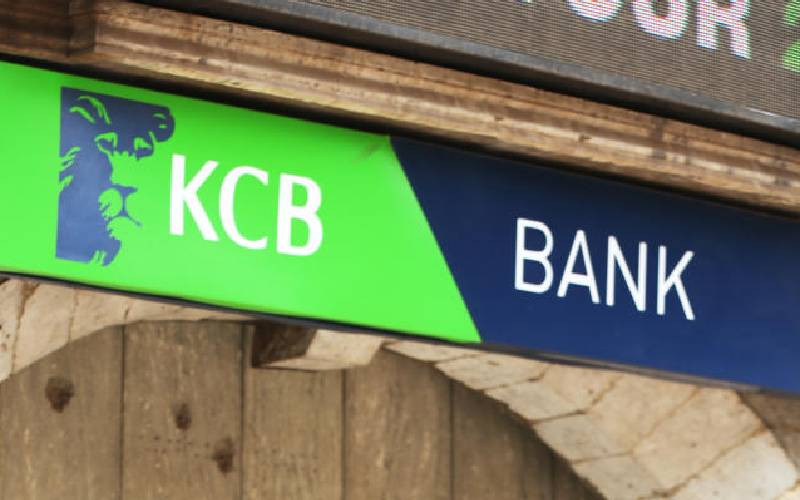Kenyans still stash money under their mattresses and other ‘secret places’ despite an increase in the number of more secure platforms for their savings.
Among the reasons cited for saving money in secret places include trust and ease of access to their funds especially in emergencies.
A new report by Financial Sector Deepening (FSD) Kenya shows that ‘secret places’ are the second most popular financial instrument and a platform to save money for Kenyans. The report shows more than 35 per cent of the people surveyed use it as a platform to save money.
Mobile financial services – which include Mshwari and KCB M-Pesa which combine functionalities of a cell phone and a bank – are the most important financial instrument for Kenyans. In the 2016 FinAccess Household Survey by FSD, 11.5 per cent of Kenyans identified ‘secret places’ as their most important financial instrument. A further 35.8 per cent said they save their money in a ‘secret place’, compared to 31.7 per cent in 2013.
Mobile financial services are the most important instrument, being the preferred financial platform for 32.8 of Kenyans that participated in the survey. Additionally, 43.3 per cent of Kenyans said mobile financial services are their preferred savings platform.
“Kenyans most value their mobile financial services accounts and saving in a secret place. The most valued features of financial instruments are accessibility, use during emergencies and trust,” said the report.
“The proportion of adults saving in a secret place has risen since 2013. Growth in bank accounts has been driven by mobile bank accounts such as Mshwari and KCB M-Pesa while conventional bank savings accounts have decreased over the last decade.”
The preference for mobile financial services and secret places is in comparison to banks, where 6.1 per cent Kenyans said it is their most important financial instrument while 24 per cent said they save their money in banks. The 2016 FinAccess Household Survey, which is undertaken every three years and tracks financial inclusion in the country, however notes that saving in secret places is just among several financial instruments used by Kenyans.
“Kenyans are increasingly using a portfolio of financial services instead of relying exclusively on one type of service such as an informal source, a bank or a Sacco. Sixty per cent of the population use two or more types of financial services compared to about 19 per cent 10 years ago, while 35 per cent of the population use three or more,” said FSD.
In the 2016 survey, FSD Kenya found that 75.3 per cent of Kenyans are now formally included in financial services, a 50 per cent increase in the last 10 years. It also notes that financial exclusion, which is now down to 17.4 per cent, compared to upwards of 34 per cent in 2006.
The survey also measured the acquisition and consumption of credit in the country, where it found out that shopkeepers are the largest source of credit for Kenyans. According to the survey, 9.9 per cent of Kenyans borrow from shopkeepers, either through taking goods on credit or borrowing actual funds. This is in comparison to 4.4 per cent of the people taking personal loans from banks.
Other popular sources of credit for Kenyans include mobile financial services (5.9 per cent) such as the loans advanced through Mshwari and KCB M-Pesa and Saccos (five per cent). “While shopkeeper credit has reduced substantially since 2006, it still remains, by far, the most widely used source. The most popular sources of formal credit are mobile bank accounts and Saccos,” said the survey.
More than 57 per cent of borrowers take credit for direct consumption while 21 per cent borrow for schooling for themselves or children.
“By far, the most common reason for taking credit is for meeting day-today needs. Financing education also drives use of credit while just over a quarter of users take loans to support their business and agricultural activities,” said the FSD survey.
 The Standard Group Plc is a
multi-media organization with investments in media platforms spanning newspaper
print operations, television, radio broadcasting, digital and online services. The
Standard Group is recognized as a leading multi-media house in Kenya with a key
influence in matters of national and international interest.
The Standard Group Plc is a
multi-media organization with investments in media platforms spanning newspaper
print operations, television, radio broadcasting, digital and online services. The
Standard Group is recognized as a leading multi-media house in Kenya with a key
influence in matters of national and international interest.
 The Standard Group Plc is a
multi-media organization with investments in media platforms spanning newspaper
print operations, television, radio broadcasting, digital and online services. The
Standard Group is recognized as a leading multi-media house in Kenya with a key
influence in matters of national and international interest.
The Standard Group Plc is a
multi-media organization with investments in media platforms spanning newspaper
print operations, television, radio broadcasting, digital and online services. The
Standard Group is recognized as a leading multi-media house in Kenya with a key
influence in matters of national and international interest.









